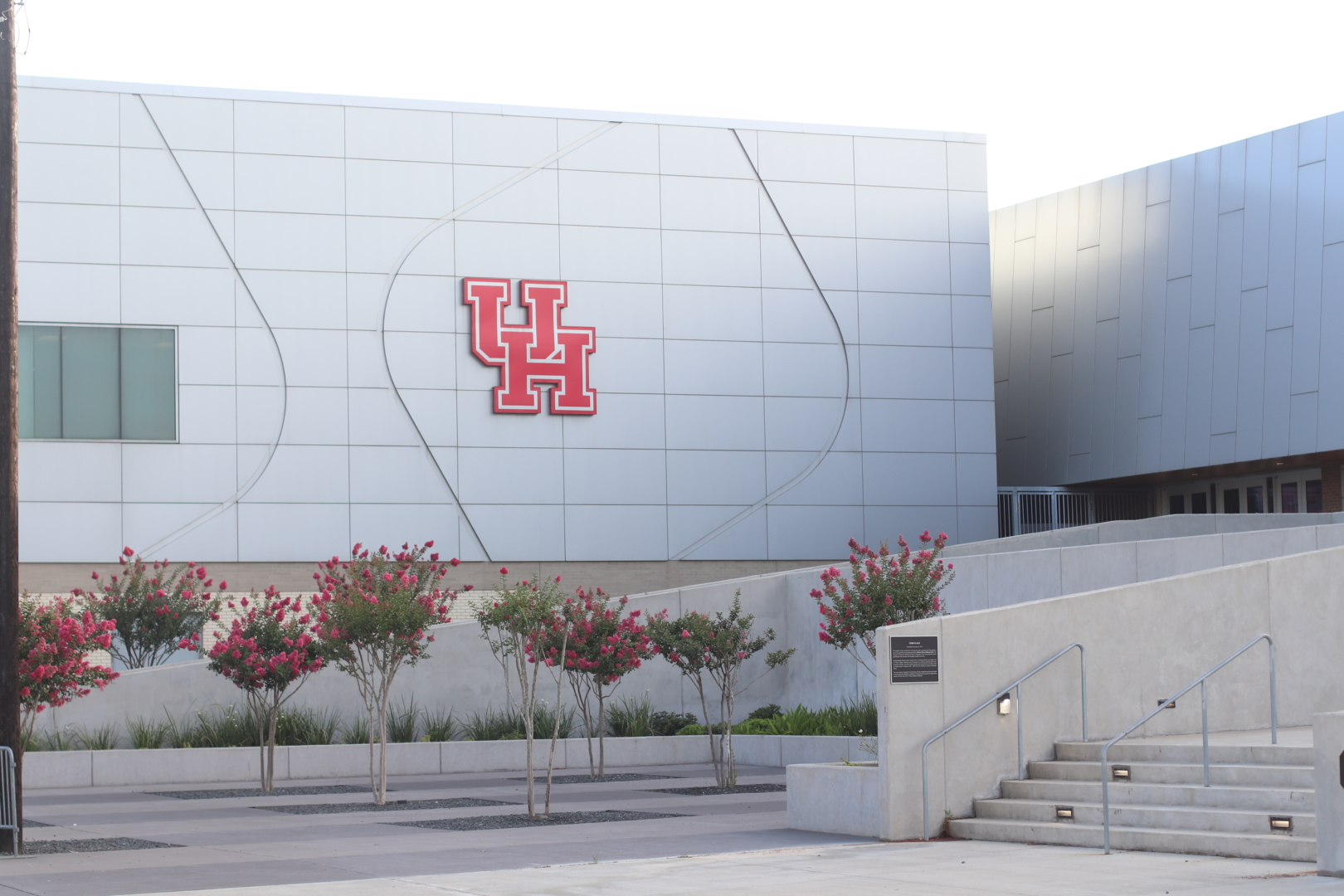Posted on 23 June 2022.
2022 NBA Draft Preview shootaround

All-Pro Reels/Creative Commons
The 2022 NBA draft is right around the corner! Franchises rise and die on this fateful night, or in the Sacramento Kings’ case, remain trapped in a lifeless purgatory with no hope in sight. The Oklahoma City Thunder have a million picks, the Knicks are back in the lottery and the Orlando Magic finally have the number one overall pick. The Daily Californian sports staff bring you their insight on the next generation of basketball stars!
Rank the consensus top-three guys in Paolo Banchero, Jabari Smith Jr. and Chet Holmgren based on who will have the most successful career.
Kenzo Fukuda: Jabari Smith Jr., Chet Holmgren and Paolo Banchero. They’re all great, so I’m splitting hairs here. Smith has the smoothest NBA-ready jumpers of any NBA lottery prospect. I wouldn’t worry about Auburn’s tournament flameout. He was held back by Bruce Pearl and his ball-hogging guards. He has elite defensive versatility with his 6’10” frame and 7’1″ wingspan. Holmgren’s another elite defensive talent — he’s a seven-footer with rim protection, defensive instincts and perimeter switchability. He’s a facilitator, a lob threat and can run his own fastbreaks. He has the most upside of anyone in the draft. He’s extremely competitive, and he will have world-class trainers. Last but not least is Banchero. He proved he is an elite shot creator during Duke’s NCAA run. Uber athletic, uber explosive — he’s gonna be a problem for slower bigs on the perimeter and in the post … Banchero is the worst defensively of the three, but he can get there with effort.
Ethan Scott: Jabari Smith, Paolo Banchero and Chet Holmgren. Smith has one of (Keegan Murray!), if not the highest ceiling out of anyone in this draft. Standing at 6’10”, he has a silkiness to his offensive game that reminds me of an early Kevin Durant. I’m not saying Smith is going to turn into Durant, but he certainly has the frame and game of the next unstoppable wing scorer in this league. Think Brandon Ingram and what he was when he came into the league, but better on the defensive end. Banchero will be the first of these three to pop. He has the most ready NBA body, standing at 6’10” and weighing 250 pounds. The freshman star was a relentless rebounder at Duke, averaging nearly eight a game, along with 17 points. Banchero was also the best player in the NCAA tournament out of these three guys, so he’s proven that when it matters most, he’ll rise to the challenge. I think Holmgren has a lot of questions regarding his game. He reminds me a lot of Kristaps Porzingis. Hopefully he doesn’t flame out the same way; maybe he’ll be the real unicorn.
Jane Kenny: Paolo Banchero, Jabari Smith Jr., Chet Holmgren. The modern NBA has evolved to emphasize tactical floor spacing, a consistent three-ball and competence in defending multiple positions. As such, individual talents routinely lure stardom through a transcendent ability to get to (and finish) at the rim or hit the three on the offensive end, and the capacity to defend in constant motion and switch screens defensively. Banchero’s size and physicality paired with his stellar playmaking prowess and creative offensive production mark the former Duke freshman as the most well-rounded of this top-tier frontcourt trio and, thus, the best bet for a great career. Although Banchero certainly has room to improve defensively and from beyond the arc, his composure on the low-block, crafty ability to create off the dribble and eminent court instincts are a recipe for nearly instantaneous success. Smith is similarly destined for a lengthy, accomplished NBA stint, as his 6’10” frame coupled with glorious shooting mechanics and range will likely send the Georgia local to Orlando with the number one pick. A tenacious perimeter defender and prolific scorer, Smith is an undoubtable threat at the NBA level, which will only increase as the young player furthers his killer mentality in late-game situations. Of the triad, Holmgren poses the most concern regarding NBA-readiness. Although an elite rim protector, the seven-footer cannot effectively defend the perimeter, and more notably, lacks physical strength. While both Banchero and Smith have displayed their unique abilities to create their own shots and take over a game, Holmgren proved far more reliant on his teammates to make him impactful.
What name is flying under the radar right now?
K.F.: Jeremy Sochan, the 19-year-old 6’9” wing from Baylor, is someone I was really impressed by. He’s an elite defensive weapon both on the ball and off the ball. He moves his feet extremely well for a guy of his size, and he has great instincts when it comes to help-defense and playing the passing lanes. Just look up “Sochan defense” on Youtube — you’ll get compilations of textbook suffocating defense. His playmaking is also impressive for his size, as Baylor ran their offense through him as a high-post facilitator. However, jumpshot is inconsistent and I don’t love his free throw percentage of 57.5. It’s not broken — it’s just streaky at times. If he becomes a decent 3-point shooter, he can be a versatile three and defense wing player, an archetype NBA teams cannot get enough of.
E.S.: EJ Liddell. If you don’t know that name by now, I promise you will in the coming years. He spent three years at Ohio State and substantially improved his all-around game every year. As a freshman, he averaged 6.7 points per game, 3.8 rebounds per game and just about a block a game. He has a shooting percentage of 46 from the field and an abysmal shooting percentage of 19 from three. This year, his junior year, he averaged 19.4 points per game, nearly 8 rebounds per game and 2.6 blocks per game. Liddell led the entire Big Ten in blocks per game this year. The work ethic is there. Liddell has the potential to be one of the NBAs best defenders. Standing at 6’7” and weighing 240 pounds, he has the switchability on the defensive end you need when playing in the modern NBA. When playing Duke this season, Liddell was matched up against Banchero and held him to one of his worst shooting performances of the season. His offensive game needs some work, his jumpshot needs some tweaking, but he’s defensively ready to make an impact.
J.K.: Patrick Baldwin Jr., a 2021 five-star prospect who shocked many when he turned away from traditional powerhouse programs and opted to play college ball for his father at a struggling, mid-major Milwaukee program. Lost in the depths of Wisconsin and steadily sidelined by a stream of minor injuries, Baldwin’s name turned to an afterthought. Although NBA scouts are only working with a small sample size of an 11-game college career, do not be so quick to count Baldwin out as a wild card flying under the radar. In all his potential, the 6’9” guard epitomizes the style of modern NBA basketball — a solid ball handler with size and an impressive jumpshot. If Baldwin can manage to stay healthy, he has the capacity to restore the polarizing glory of his high school game and translate to professional basketball.
Who’s a guy you could see contributing right away on a playoff-caliber team?
K.F.: One very easy lesson we can take from the 2022 NBA playoffs is that spacing and shooting matters. Players like Desmond Bane, Reggie Bullock, Dorian Finney-Smith and Otto Porter Jr. contributed huge minutes for their teams because of their ability to make timely catches and shoot 3s. Ochai Agbaji splashed a number of clutch 3s during Kansas’ championship run this year. He had a shooting percentage of 41 from distance in his senior year, showing improvement every single year in college. He’s also a player who moves well off the ball, an excellent cutter and an excellent relocator around the three-point line. I’d be worried about his dribbling ability, and while he has stretches of great defense, he needs to be able to sustain it. Agbaji is a guy who can contribute right away on teams looking for snipers.
E.S.: Mark Williams! Williams isn’t someone who’s going in the top 15, so he’ll most likely end up on a good to great team. However, the moment his name is called, he will be the longest player in NBA history. Or, at least since it has been tracked, and it really isn’t all that close. He’s listed at 9’9”. He is just one inch away from being able to dunk just standing flat footed. Second in NBA history is Mohamed Bamba, who is listed at 9’7.5”. The sophomore had five or more blocks in four games this season, and even had a game with eight. Williams also averaged over seven rebounds per game, and was a great finisher in the paint score at a 72.1% mark. His never seen before athleticism can certainly make a huge difference for a playoff-caliber team.
Who are you most shaky on from the players projected in the lottery?
K.F.: I don’t know what to make of Shaedon Sharpe from Kentucky. He didn’t play a single game at Kentucky, a decision of his own volition. All we have to look at is his high school tape, which is highly impressive and demonstrates why he was the number-one prospect in the class of 2022. That shouldn’t qualify him as a bust; there isn’t one route to the NBA in this day and age. He’s incredibly athletic, a three-level scorer and extremely explosive. Still, it’s easy to look like a thunderbolt juiced up with caffeine when you are playing against high schoolers. His handle is extremely shaky, and his shot selection can shoot you out of games at an NBA level. I’d like to see him on a team and in a system where he doesn’t have to be the primary guy just yet.
E.S.: Chet Holmgren. To be a possible number-one overall pick, I just am not ready to jump on that bandwagon and say that he is worth that risk. I think he has the potential to be everything we all wanted out of Porzingis. He truly has a chance to be crowned the NBA’s unicorn. However, I think we’ve seen this story before. Like Porzingis, he’ll shine early due to his unnatural size and movement. As film comes in on Holmgren, teams will start to develop better, and better defensive game plans to stop him. If he fails to put on the weight needed to bully guys down low, then I think he’ll be Porzingis part two. He won’t be able to score down low, so he’ll just chuck up 3s and stand at the perimeter the whole game. Holmgren is listed at 7’ and 194 pounds. For context, Stephen Curry is listed at 185 pounds, and he’s 6’2”.
J.K.: Without a doubt, Kentucky’s Shaedon Sharpe. Although lottery picks with limited college basketball experience have found stardom in the NBA, enter Kyrie Irving, what the future has in store for this definite lottery pick is a compelling mystery. Once a top-ranked high school recruit following his impressive showcase in the Nike Elite Youth Basketball League, the 6’6” athlete was sidelined for the entirety of his single season under John Calipari due to undisclosed eligibility circumstances. While analysts relish in his crafty handles, long arms and quick hands on defense and sound shooting mechanics, the last actual footage of Sharpe in a competitive basketball game comes from summer 2021. After his name is called Thursday night, Sharpe will have a mountain of things to prove — questions surrounding his maturity and competitiveness. A lack of recent competition may very well serve as a dagger in Sharpe’s transition from high school Amateur Athletic Union basketball to the NBA.
Kenzo Fukuda covers lacrosse. Contact him at kfukuda@dailycal.org. Ethan Scott is a Bear Bytes Blog writer. Contact him at escott@dailycal.org. Jane Kenny covers women’s basketball. Contact her at jkenny@dailycal.org.
The Daily Californian





